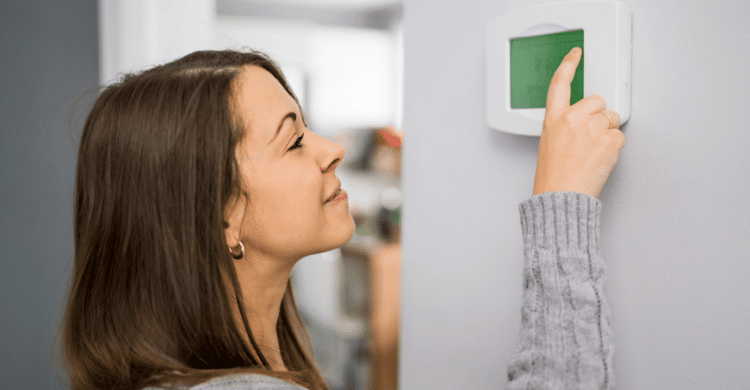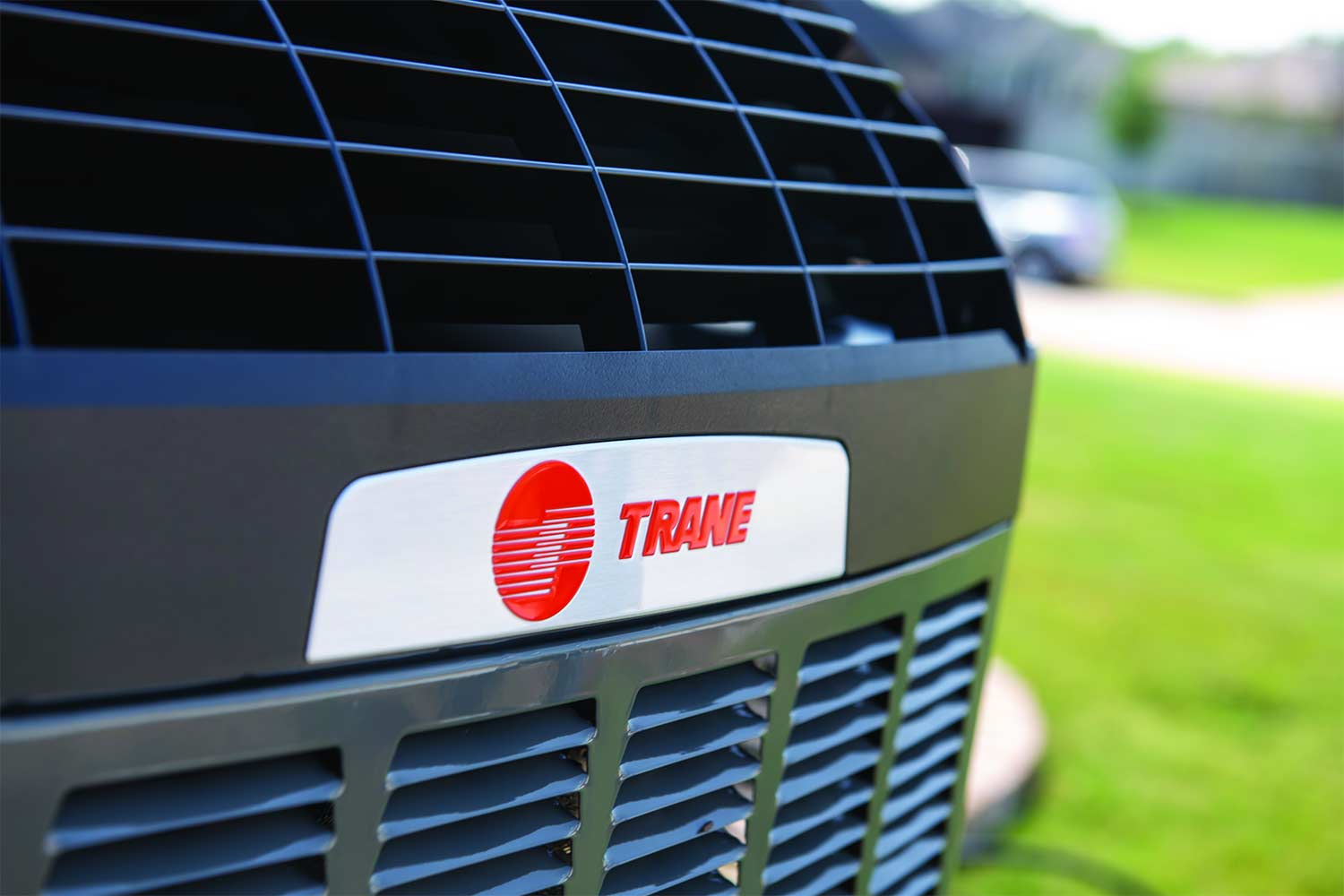
What is Auxiliary Heat?
“Aux heat” is short for auxiliary heat, and it is a key component of your heat pump – not a reason to worry. But what is auxiliary heat exactly? And why do you need it?
Let’s take a closer look.
How Heat Pumps Work
First, a quick primer on how heat pumps function: Despite their name, heat pumps don’t literally create heat. What they do (in winter) is to pull heat from the air outdoors and transfer it indoors. Conversely, in the summer, heat pumps strip the heat from your indoor air to keep you cooler.
Heat pumps accomplish this by utilizing refrigerant, air transfer, and pressure to help regulate the temperature inside your home or office.
The details: outdoor air brought into the heat pump’s exchange surface causes refrigerant liquid to evaporate into a gas. That gas moves into a compressor, where pressure increases the gas’s temperature. The heated gas (perfectly breathable air) passes back over the heat exchange surface and is transferred to your ductwork to circulate around your home.
This process offers an energy efficient method of Heating Ventilation and Air Conditioning (HVAC) that is particularly useful in moderate climates – which is what north Georgia is for much of the year.
However, there are times when the outside air simply isn’t warm enough to maintain this process – at least without help. That’s where the auxiliary heat comes in.
What is Auxiliary Heat?
Occasionally, even in Georgia, we experience subfreezing temperatures and snow/icefall. When this happens, your heat pump will struggle to heat your home by normal processes. That is why it has a backup system to help boost its effectiveness. That backup system is auxiliary heat.
In order to maintain indoor warmth, your heat pump is equipped with heat strips that will activate and produce warm air that your HVAC can then pump through your home or office.
Again, this should only happen when outdoor air temperatures drop below freezing or your heat pump becomes covered in snow or ice. And the auxiliary heat process should only run at short intervals. This process will continue at intervals as long as it is needed to provide the comfort levels you set at your thermostat.
By the way, this does not mean it is unwise to own a heat pump – as all types of HVAC systems are affected by the outdoor weather. Some types are just more susceptible than others.
You can even test your heat pump’s auxiliary heat capabilities by setting your thermostat three degrees warmer than its standard settings. Do not do this often, however, as it requires a significant energy increase in order to use. That is also why heat pump owners can expect to see a significant increase in energy costs should we experience continued subfreezing temperatures or significant snowfalls or ice storms.
If you do notice your auxiliary heat turning on when the outdoor air is 40 degrees or warmer, you should contact an HVAC professional, as that is an indication of a malfunction in your heat pump. The same goes for a heat pump that constantly uses auxiliary heat even in the coldest winters. No matter the outdoor weather, your heat pump should only cycle “auxiliary heat” during intervals throughout the day when needed.
How Can I Make Sure my Auxiliary Heat is Working Properly?
The best thing you can do to ensure your heat pump remains in good working order is to schedule twice-yearly maintenance checks by a professional heating and cooling company. There are also a number of DIY steps you can take to ensure it is in good working order.
If you find yourself wondering about the shape of your heat pump – perhaps it struggled during December’s freezing temperatures – know that Conditioned Air Systems has served customers throughout north Georgia for four decades and has installed, repaired, and serviced all types of heat pumps during that period. And we are happy to help you determine the working shape of your heat pump and ensure it is ready for anything else this winter can throw at it.
Our NATE-certified technicians are trained in brand new but are also familiar with older technologies – which is a must in an ever-evolving industry. And our commitment to customer service means that we will come to your home and perform service with which you can be satisfied every time.
Simply call us today at 770-536-7509 and schedule a service visit from one of our technicians.
Ensure Your Home’s Temperature is Stable Year-Round

